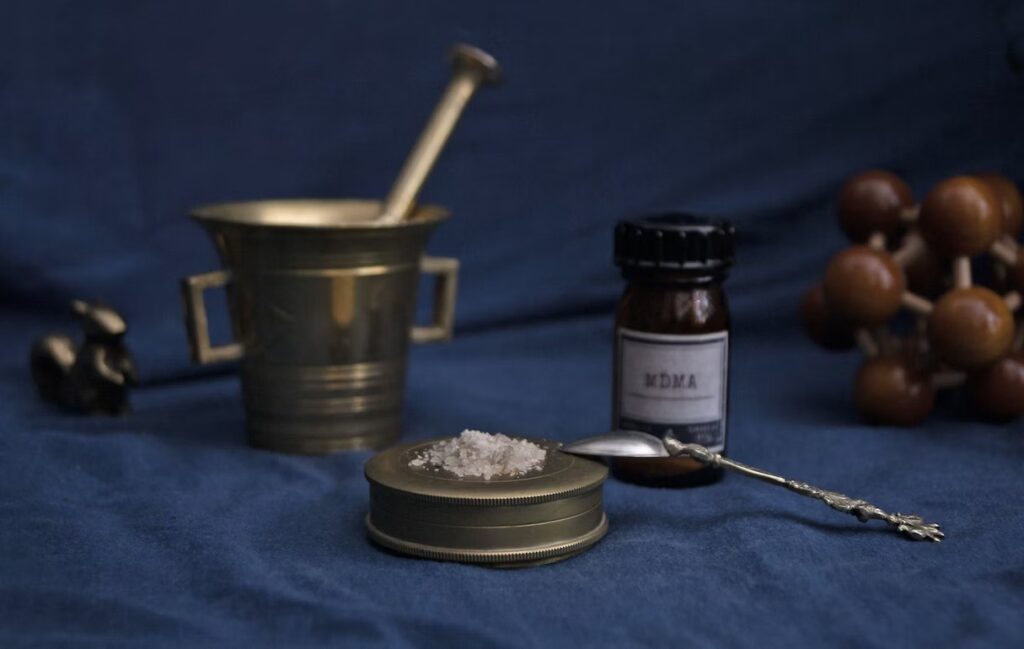Harm Reduction Strategies for Cocaine Users: Taking Steps Towards Safer Use

If you or someone you care about is using cocaine, it is essential to prioritize safety and well-being. Harm reduction strategies can play a crucial role in minimizing risks associated with cocaine use and supporting individuals in making healthier choices. In this article, we will explore practical steps you can take to reduce harm while using cocaine. Remember, seeking professional help and support is always recommended, and these strategies are not a substitute for comprehensive addiction treatment.
- Fact: What is harm reduction?
Harm reduction is an approach that focuses on minimizing the negative consequences associated with drug use, without requiring abstinence. It recognizes that individuals may continue to use substances and aims to promote safer behaviors and reduce potential harm. Harm reduction strategies prioritize health, safety, and dignity, offering support and resources to individuals where they are in their journey.
- Fact: Why is safer use important?
Engaging in safer use practices can significantly reduce the potential risks and harms associated with cocaine use. These strategies aim to minimize adverse physical and psychological effects, reduce the likelihood of overdose, and prevent the spread of infectious diseases such as HIV and hepatitis. Safer use practices empower individuals to take control of their own well-being and make informed decisions about their substance use.
- Fact: Stay informed about the drug.
Educate yourself about cocaine, its effects, and potential risks. Understanding the drug can help you make more informed decisions and recognize warning signs of problematic use. Stay updated on the latest research and reliable sources of information to ensure that you have accurate knowledge about the substance you are using.
- Fact: Set limits and establish boundaries.
Establishing limits and boundaries around your cocaine use can help reduce potential harm. Set clear guidelines for yourself regarding frequency, quantity, and contexts of use. It is important to be honest with yourself about your patterns of use and any negative consequences you may be experiencing. Setting and respecting boundaries can be a powerful tool in maintaining some level of control over your use.
- Fact: Take care of your overall health and well-being.
Cocaine use can have a toll on your physical and mental health. Prioritize self-care by maintaining a healthy lifestyle, including regular exercise, proper nutrition, and sufficient sleep. Engage in activities that promote relaxation, stress reduction, and emotional well-being, such as practicing mindfulness, engaging in hobbies, and seeking support from loved ones or support groups. Taking care of your overall health can support your resilience and reduce the potential negative effects of cocaine use.
Harm reduction strategies are not intended to encourage or promote drug use, but rather to provide support and guidance for individuals who are using substances. If you or someone you know is struggling with addiction, seeking professional help is crucial. Rehabilitation centers, therapists, and addiction specialists can offer comprehensive treatment and support to address the underlying causes of addiction and guide you towards long-term recovery.
Harm Reduction Strategies
- Practice safer administration techniques: If you choose to use cocaine, consider safer methods of administration. Avoid sharing paraphernalia such as straws, pipes, or needles, as this can increase the risk of contracting blood-borne infections. If snorting cocaine, use clean surfaces and separate straws to prevent the transmission of bacteria or viruses. Using sterile needles and syringes, if injecting, can reduce the risk of infections and other health complications.
- Test your substances: Adulterated or contaminated cocaine can pose significant risks to your health. Consider using drug testing kits to check the purity and potency of your cocaine. Testing can help identify harmful substances or unexpected contaminants, allowing you to make more informed decisions about your use and avoid potentially dangerous mixtures.
- Create a safety plan: Developing a safety plan can help you navigate potential risks and minimize harm. Identify trusted friends or family members who are aware of your substance use and can support you in case of emergencies. Share your plan with them and discuss strategies for harm reduction and overdose prevention. Consider carrying naloxone, a medication that can reverse opioid overdose, as cocaine may sometimes be mixed with opioids. Having a safety plan in place can increase your confidence and provide a sense of security.
Incorporating harm reduction strategies into your approach to cocaine use can be a valuable step towards prioritizing your health and well-being. By implementing these strategies, you demonstrate a commitment to making safer choices and minimizing potential risks. Remember, harm reduction is a journey that requires ongoing effort, self-reflection, and support.
As you navigate the lifelong journey of addiction recovery, incorporating harm reduction principles can contribute to your overall well-being. By staying informed, setting boundaries, taking care of your health, and practicing safer use, you empower yourself to make conscious choices and reduce harm along the way. Each step you take towards harm reduction is a step towards a healthier, more fulfilling life.
In the words of Johann Hari, “The opposite of addiction is not sobriety. It is human connection.” Reach out for support, connect with caring professionals, and build a network of individuals who understand and support you. Together, we can work towards reducing harm and promoting a healthier, more empowered path for individuals navigating cocaine use.




